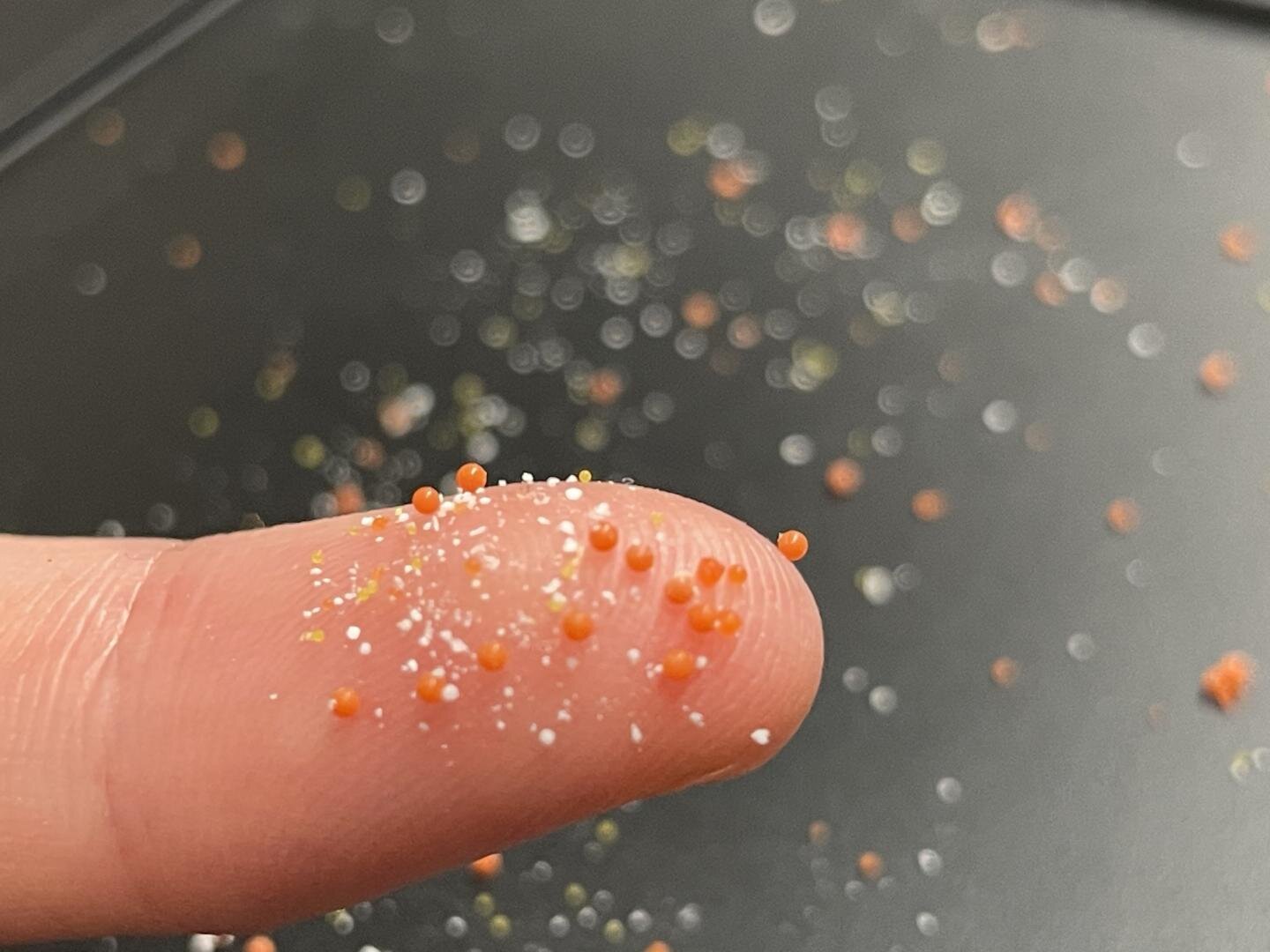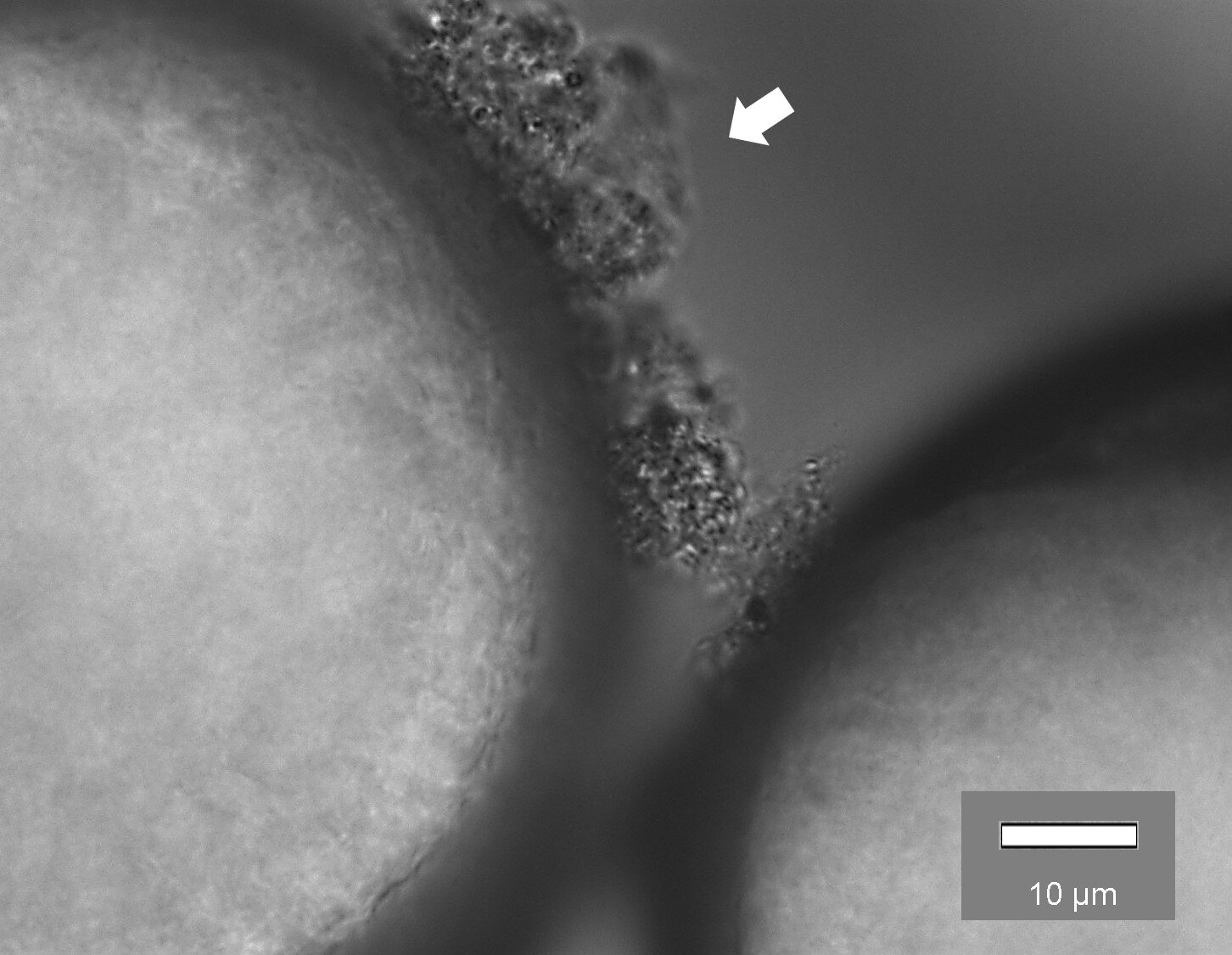We already eat, drink and breathe microplastics. Every year, up to 8.8 million tons of tiny plastics end up in the ocean.
Is microplastic really that bad?
Yes, it negatively affects the body.Today, unfortunately, we do not know the full severity of the consequences of the accumulation of tiny plastic particles in the body. We started studying this topic quite recently. The first major scientific work on the dangers of microplastics was published only in 2004.
It is now known that microplasticsenters the food of people and animals - from zooplankton to fish and birds, and also accumulates in the tissues of the body. Along with plastic, various toxic substances can enter the body, for example, dyes that were used in the production of plastics. Some plastic also contains fire-retardant additives, which can cause organ damage, intestinal inflammation and affect reproduction.
In addition, the particles can also absorb other toxic substances with which they came into contact, for example, pesticides and dioxins. Then all this is easily excreted into the organism into which they got.
Scientists from the University of Arizona decidedto investigate how microplastics affect a person specifically: they studied samples of tissues and organs - lungs, liver, spleen and kidneys, which were taken from 47 people. As a result of the work, the researchers found dozens of types of components in all samples, including polycarbonate, polyethylene terephthalate (PET), polyethylene, and bisphenol A, which is a toxic substance.

Okay, microplastics are bad. But where do we contact him?
We can find microplastics in very differentplaces, for example, in the ocean. According to estimates for 2014, there were more than 5 trillion particles weighing about 250 thousand tons. But every year, scientists delve deeper into this area and say that these figures are greatly underestimated.
In 2020, it became known that in the world's oceanscould be from 9.25 to 15.87 million tons of microplastics. Scientists estimate that between 4.4 million and 8.8 million tons of plastic are thrown into the ocean every year. In addition to the world's oceans, microplastics are found in fresh water and even tap water.
It is also found in the air of megacities.Regular water filters do not help with microplastics because the particles are so tiny. Researchers tested how common microplastics are in tap water and found that 83% of water samples from every continent contained plastic.
If plastic is almost everywhere, then can it penetrate into the human body and where exactly?
- Into urine
Scientists from Germany found in almost everyone’s bodychildren under 17 years of age microplastic particles. During the study, which took place from 2014 to 2017, they studied the urine of 2.5 thousand children. During the study, the authors analyzed the biomaterial for the presence of 15 types of plastics. Based on the results of the work, it turned out that in the samples of 97% of the experiment participants there were 11 out of 15 species.
- In feces
Scientists from the Medical University of Vienna decided to study volunteers from eight countries, in particular from Russia, to study how common microplastics are in human waste.
As part of a pilot study, scientistsanalyzed stool samples from these eight people. An average of 20 plastic particles per 10 grams were found in each biomaterial. The experiment lasted a week, during which the authors collected samples. During this time, the volunteers ate food from plastic boxes and drank from plastic glasses, and also ate ocean fish - this was also part of their regular diet. According to Dr. Herbert Tilgd, president of the Austrian Society of Gastroenterology, plastic particles can cause intestinal inflammation and also lead to colon cancer.
- To the placenta
Scientists from Italy studied the composition of the placenta of sixhealthy women for microplastics. The researchers took the women's placenta immediately after giving birth - the entire procedure took place with minimal contact with plastic.
After giving birth, the placenta of the volunteers was crushed intosmall particles to find out if they contain microplastics. As a result, the researchers found 12 pieces of microplastic in the organs, three of which were the remnants of polypropylene. The composition of the rest could not be determined.
- In the tissue of the human body
Experts from the Arizona StateUniversity in the USA for the first time found microplastics in human tissue. They showed that tiny particles of plastic can enter the body and accumulate in tissues and organs. And, theoretically, lead to infertility and cancer.
The authors took samples of different body tissues fromvolunteers and found that plastic was everywhere. It is not yet known whether it is simply a nuisance or poses a risk to human health, the researchers said.
 Polyethylene balls in toothpaste
Polyethylene balls in toothpaste
Microplastic spreads infections, how can it be?
Microplastic particles can also accumulate onget infected and collect bacteria. Earlier, researchers from Germany found fungi on the surfaces of microplastics. Numerous species of pathogenic fungi find new habitats on microplastic particles in the soil. They can be one of the reasons for the increase in the number of fungal infections.
In addition, microplastics can become a place forcollection of antibiotic-resistant bacteria. They form a mucous layer or biofilm on the surface of microplastics, which allows pathogenic microorganisms and antibiotic waste to move.

Bacteria
A piece of microplastic
How to consume less microplastics?
Experts advise reducing plastic packaging,which we use, and also do not heat products in plastic containers. You need to reduce the amount of cosmetics with glitter and scrubs with artificial small particles.
Instead of bagged tea, it is better to brew loose leaf tea, since the packaging can also be made from plastic. Bottled water also contains microplastics, so its consumption should be reduced.
The problem of microplastics is global and stillit is unknown how serious the consequences will be. Scientists are specifically examining different processes or organs to find out if there is microplastic there and how it moves, but the problem is that these particles can be so small that even the most modern technology will not detect them. So far, research in this area is actively continuing.
Read more:
See what Saturn looks like from the Moon. Photo taken by NASA orbiter
Hubble completes a journey through the outer solar system: what he saw there
The fusion reactor KSTAR sets a record: it holds the plasma longer than ever